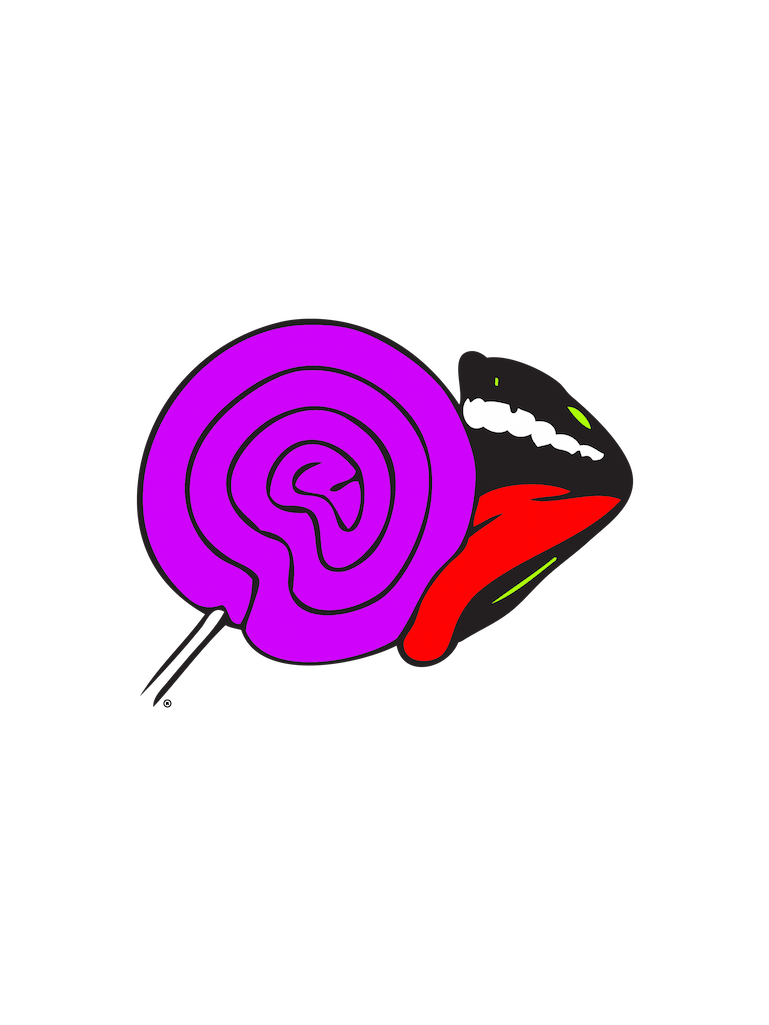How to improve concentration and memory
Whether it’s herbal green tea pills, stimulating energy drinks, or contaminated nutrient supplements, there’s no shortage nowadays of products claiming to boost concentration and memory. Though many markets exist solely to help college students endure through a endless foray of curated readings, midterm examinations, and research papers, actually improving concentration and memory is simple: the key is not in what you intake, but rather, how you absorb the information. In attempting to tackle what is many a college students’ Achilles’ heel, here a few tried and tested ways to overcome distraction, memory lapses, and poor study habits.
Meditation
The ancient practice of centering one’s mind and body by meditating has become overridden with new age industries capitalizing on what it means to be zen and the art of casual meditation. Tracing back to Mahayana Buddhism in the 5th century, the act of mindfulness and observational breathing has proven to monks and yogis throughout the centuries how to adequately transform one’s mind to reflect clarity, serenity, and importantly, concentration. By releasing constricting thoughts of anxiety, fear, and confusion, meditation can be used to engage with powerful and peaceful states of mind, allowing the meditator to better understand intrinsic habits and cultivate strong focus.
In many ways, mind exercises and math problems that other forums encourage for concentration are mere branches of meditation, strategies that marginally improve mental health and stimulate attention. Though these simple practices are capable of demonstrating progress, research authored at the University of California, Davis regarding the benefits of meditation has yielded that the act of proper meditation, not the guise of wanting to meditate, manifests a notable increase in the brain’s performance. By meditating up to four times a week, the study has observed that the cognitive levels of participants dramatically intensified.
Although meditation may seem antiquated to many college students looking for a “quick fix” before studying, forty-two year old Tibetan monk Andy Puddicombe may have found a relevant means for attracting a new generation of meditators through his mobile app, Headspace. By encouraging users through ten to fifteen minute intervals of guided breathing techniques, Puddicombe claims the meditation session can help to separate anxiety and bring to the forefront a hyper-awareness that can aide in enriching concentration and focus, all very rewarding effects for a stressed college students.
Red
The power of color to a subconscious mind has long sparked debate between psychologists and marketers who claim that certain colors are capable of inciting feelings of dominance, creativity, and curiosity. A recent study done by the University of British Columbia has demonstrated that the colors blue and red, particularly, are the most receptive indicators of improved cognitive performance, citing that while blue tends to prompt creativity amongst participants, red poses unconscious cues for a heightened sense of awareness and attention.
Through powerful mental associations set in place by both biological and societal indicators (e.g. blood, fire, danger, stop signs), the color red has an immediately strong subconscious reception. Even the newsroom walls at The New York Times attest to productivity and positive behavior by apportioning each room a bright, vivid red. Following this trend, attributing a bold red feature to a study space, whether its in the shape of a red wall, a framed red painting, or even a vase full of red flowers, the constant reception of the color will activate awareness, increase focus, and essentially, improve concentration.
Sleep
Rather than indulging in cup after cup of coffee and cramming all-nighters in preparation for a big examination, one assured method of increasing the likelihood to remember crucial information is to sleep. Depending on the length of sleep, the brain enters a process that translates short-term memory into long-term memory and triggers a series of new synaptic connections that helps to recall new information quickly and solve creative problem. Though REM sleep, or rapid eye movement sleep, occurs during a period of 60 to 90 minutes of heavy slumber, a stage 2 nap occurs in light 20 minute spurts and is proven to increase motor performance, boost cognition, and supply the body with an additional surge of energy. Taking a power nap, then, could be viewed as a valuable means of both relaxing the mind and processing new information in order for optimal mental and physical performance during high-stress moments.
Although many markets may stress the importance of organic, nutrient-fortified mental boosters, the quality of concentration and ability to commit data to long-term memory stems from simple tasks as meditation, exposure to the color red, and sleep. Utilizing these few tips can ensure positive learning, a comfortable means of studying, and most importantly, a more meaningful college experience.




